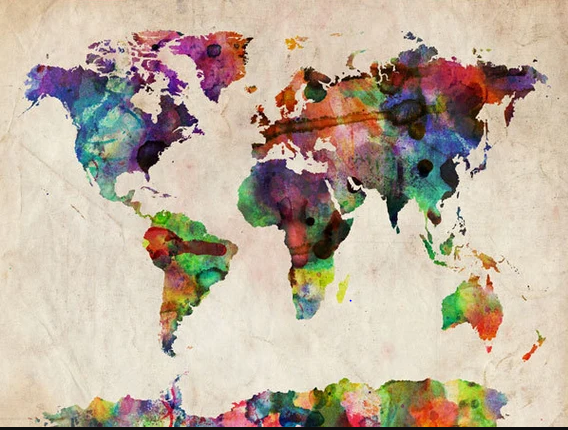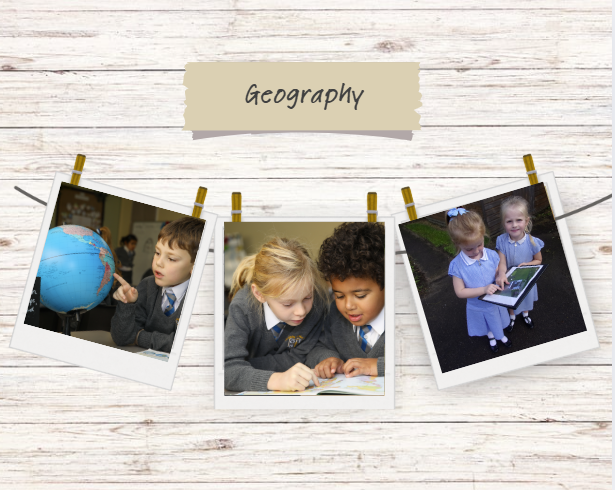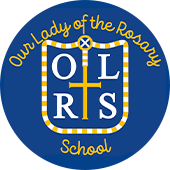Geography

Geography at Our Lady of the Rosary
At Our Lady of the Rosary, our Geography curriculum inspires pupils to explore and appreciate the world that God created. We want children to develop a sense of place, curiosity about people and environments, and an understanding of how human and physical processes shape our world.
Through enquiry-based learning, children investigate local, national, and global geography, developing the knowledge and skills needed to interpret the world around them and to recognise their role as global citizens.
Our Approach to Teaching Geography
Geography is taught through a carefully sequenced curriculum that builds knowledge and skills from the Early Years through to Year 6. Lessons are designed to help children develop secure locational knowledge, a growing understanding of place, and the ability to describe and explain geographical patterns and processes.
Retrieval tasks are used to revisit key facts and vocabulary, helping children to make connections across topics and retain geographical knowledge over time. Teachers use maps, atlases, digital mapping tools, and images to bring geography to life, encouraging pupils to observe, describe, question, and explain what they see.
Our curriculum is rooted in the study of both human and physical geography. Children learn about weather and seasons, rivers and mountains, settlements and trade, and environmental issues such as deforestation and sustainability. They are encouraged to see the interdependence between people and the planet and to consider how their own actions can contribute to caring for God’s world.
Developing Geographical Skills
Pupils are taught to use and interpret a range of sources including maps, diagrams, globes, aerial photographs, and digital technology. They develop confidence in using directional language, grid references, and keys, and learn to collect, analyse, and present geographical data. Fieldwork is an essential part of geography at Our Lady of the Rosary, providing hands-on experiences that deepen understanding and promote curiosity.
Children carry out practical investigations in and around Staines, including exploring the school grounds, studying land use, and considering questions such as “Is there a litter problem in our playground?” These experiences help pupils to apply what they have learned in class to the real world.
Enrichment and Wider Opportunities
Geography learning is enriched through visits, workshops, and fieldwork opportunities that extend children’s understanding beyond the classroom. Pupils take part in local studies, exploring how Staines has developed as a settlement, and engage in comparative studies with contrasting localities in the UK, Europe, and the wider world.
We are also developing an annual Geography Fieldwork Focus to give pupils the opportunity to investigate their local environment in greater depth, strengthening practical skills and geographical enquiry.
Continuing the Journey
At Our Lady of the Rosary, pupils develop a secure understanding of the world around them and the geographical skills to explore it with confidence. As they move through the school, they learn to interpret maps, analyse data, and explain patterns and relationships between people and places.
This cumulative approach ensures that pupils are well prepared for the next stage of their education, able to apply their knowledge to new contexts and to see the world as thoughtful, informed global citizens.



